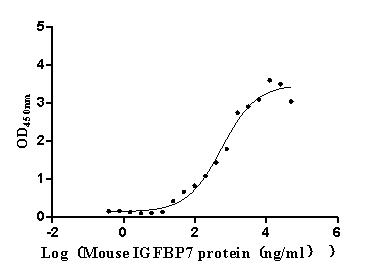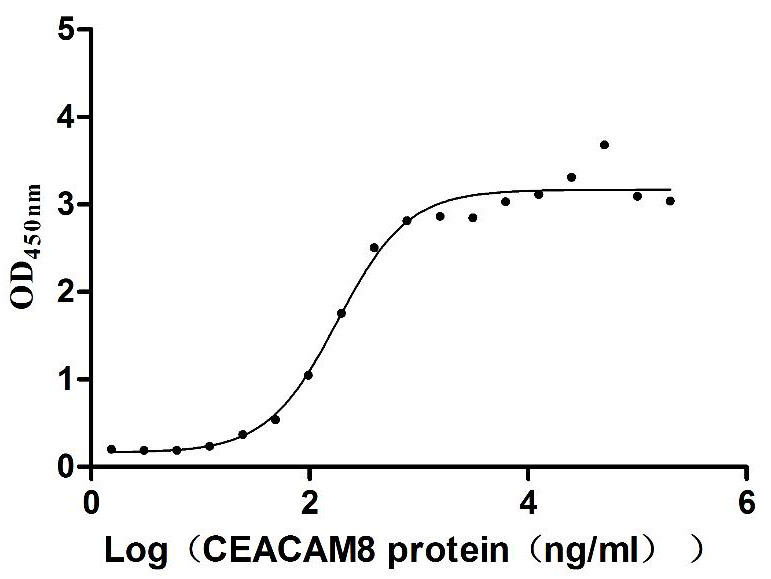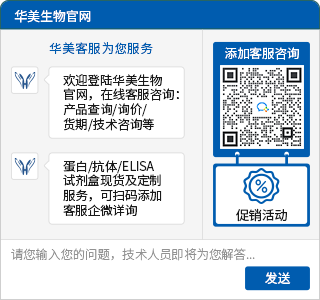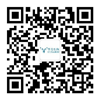Recombinant Bovine ATP-binding cassette sub-family G member 2 (ABCG2)
-
货号:CSB-CF673473BO
-
规格:
-
来源:in vitro E.coli expression system
-
其他:
产品详情
-
基因名:
-
Uniprot No.:
-
别名:ABCG2; Broad substrate specificity ATP-binding cassette transporter ABCG2; ATP-binding cassette sub-family G member 2; Urate exporter; CD antigen CD338
-
种属:Bos taurus (Bovine)
-
蛋白长度:full length protein
-
表达区域:1-655
-
氨基酸序列MSSNSYEVSIPMSKKLNGIPETTSKDLQTLTEGAVLSFHNICYRVKVKTGFLLCRKTIEK EILANINGVMKPGLNAILGPTGGGKSSLLDILAARKDPHGLSGDVLINGAPRPANFKCNS GYVVQDDVVMGTLTVRENLQFSAALRLPTTMTSYEKNERINKVIQELGLDKVADSKVGTQ FIRGVSGGERKRTSIAMELITDPSILFLDEPTTGLDSSTANAVLLLLKRMSKQGRTIIFS IHQPRYSIFKLFDSLTLLASGRLMFHGPAQEALGYFGAIGFRCEPYNNPADFFLDIINGD SSAVVLNREDIGDEANETEEPSKKDTPLIEKLAEFYVNSSFFKETKVELDKFSGDQRRKK LPSYKEVTYATSFCHQLKWISRRSFKNLLGNPQASIAQLIVTVFLGLVIGAIFYDLKNDP AGIQNRAGVLFFLTTNQCFSSVSAVELLVVEKKLFIHEYISGYYRVSSYFFGKLLSDLLP MRMLPSIIFTCITYFLLGLKPKVEAFFIMMLTLMMVAYSASSMALAIAAGQSVVSIATLL MTISFVFMMIFSGLLVNLKTVVPWLSWLQYLSIPRYGYAALQHNEFLGQNFCPGLNVTTN NTCSYAICTGEEFLTNQGIDISPWGLWKNHVALACMIVIFLTIAYLKLLFLKKFS
Note: The complete sequence including tag sequence, target protein sequence and linker sequence could be provided upon request. -
蛋白标签:N-terminal 10xHis-tagged
-
产品提供形式:Liquid or Lyophilized powder
Note: We will preferentially ship the format that we have in stock, however, if you have any special requirement for the format, please remark your requirement when placing the order, we will prepare according to your demand. -
缓冲液:Lyophilized from Tris/PBS-based buffer, 6% Trehalose, pH 8.0
-
储存条件:Store at -20°C/-80°C upon receipt, aliquoting is necessary for mutiple use. Avoid repeated freeze-thaw cycles.
-
保质期:The shelf life is related to many factors, storage state, buffer ingredients, storage temperature and the stability of the protein itself.
Generally, the shelf life of liquid form is 6 months at -20°C/-80°C. The shelf life of lyophilized form is 12 months at -20°C/-80°C. -
货期:Basically, we can dispatch the products out in 1-3 working days after receiving your orders. Delivery time may differ from different purchasing way or location, please kindly consult your local distributors for specific delivery time.Note: All of our proteins are default shipped with normal blue ice packs, if you request to ship with dry ice, please communicate with us in advance and extra fees will be charged.
-
注意事项:Repeated freezing and thawing is not recommended. Store working aliquots at 4°C for up to one week.
-
Datasheet & COA:Please contact us to get it.
相关产品
靶点详情
-
功能:Broad substrate specificity ATP-dependent transporter of the ATP-binding cassette (ABC) family that actively extrudes a wide variety of physiological compounds, dietary toxins and xenobiotics from cells. Involved in porphyrin homeostasis, mediating the export of protoporphyrin IX (PPIX) from both mitochondria to cytosol and cytosol to extracellular space, it also functions in the cellular export of heme. Also mediates the efflux of sphingosine-1-P from cells. Acts as a urate exporter functioning in both renal and extrarenal urate excretion. In kidney, it also functions as a physiological exporter of the uremic toxin indoxyl sulfate. Also involved in the excretion of steroids like estrone 3-sulfate/E1S, 3beta-sulfooxy-androst-5-en-17-one/DHEAS, and other sulfate conjugates. Mediates the secretion of the riboflavin and biotin vitamins into milk. Extrudes pheophorbide a, a phototoxic porphyrin catabolite of chlorophyll, reducing its bioavailability. Plays an important role in the exclusion of xenobiotics from the brain. It confers to cells a resistance to multiple drugs and other xenobiotics including mitoxantrone, pheophorbide, camptothecin, methotrexate, azidothymidine, and the anthracyclines daunorubicin and doxorubicin, through the control of their efflux. In placenta, it limits the penetration of drugs from the maternal plasma into the fetus. May play a role in early stem cell self-renewal by blocking differentiation.
-
基因功能参考文献:
- ABCG2 single nucleotide polymorphisms associated with milk fatty acids in a Chinese Holstein cattle. PMID: 27468856
- These findings point to a significant role of the ABCG2 Y581S polymorphism in the milk disposition of enterolactone and the endogenous molecules riboflavin and uric acid, which could affect both milk quality and functionality. PMID: 26510964
- The results suggest that a mutation of SCD1, but not LEPR or ABCG2, might be useful as a DNA marker to decrease reproductive problems and improve production traits in Iranian Holstein dairy cows. PMID: 25130486
- P-gp, Bcrp and Mrp1 are functionally expressed in bovine/rat co-culture model and model is suitable for investigations of small molecule transport. PMID: 24934296
- This study has, for the first time, confirmed the expression of ABCG2 in epithelial cells of the bovine rumen. PMID: 24747985
- These results contribute to the role of ABCG2 in cytoprotection and disposition in important tissue barriers and may have important implications for veterinary pharmacotherapy of dairy animals. PMID: 23473424
- Generated cell culture model allows rapid and high-throughput screening of potential ruminant ABCG2 substrate, increasing the understanding of carrier-associated secretion of xenobiotics into milk. PMID: 23192864
- Bovine ABCG2 Tyr581Ser single-nucleotide polymorphism increases milk secretion of the veterinary antibiotic danofloxacin. PMID: 23230133
- ABCG2 plays a role in mammary epithelial cell proliferation, and functional polymorphisms in this gene may influence the cellular compartment of the mammary gland and potentially milk production. PMID: 22870877
- plays a role in epididymal sperm maturation, but not after ejaculation PMID: 22441796
- The effect of the Y581S polymorphism of ABCG2 on transcellular transport of veterinary drugs was studied because this could alter substrate pharmacokinetics and milk residues. PMID: 21821808
- Data suggest that the BB genotype of bovine ABCG2 is a molecular marker for superior milk performance. PMID: 20140710
- The recent progress in mapping quantitative trait nucleotides (QTNs) are reviewed, including the ABCG2 gene mutation that underlies a QTL for fat and protein content and the ovine MSTN gene mutation that causes muscular hypertrophy in Texel sheep. PMID: 20720303
- associated with increased fat yield, fat and protein percent as well as decrease in milk yield; also in Bos indicus and Bubalus bubalis PMID: 17087837
- The allele frequencies of ABCG2(A) and ABCG2(C) were determined in 32 Bos taurus and 3 Bos indicus breeds. The detection of ABCG2(C) only in Bos taurus breeds may indicate that ABCG2(A) is the ancestral allele. PMID: 17106124
- The C allele of ABCG2_49 is found in a marker haplotype that has an extremely negative effect on fat and protein percentages and positive effect on milk yield PMID: 17584938
显示更多
收起更多
-
亚细胞定位:Cell membrane; Multi-pass membrane protein. Apical cell membrane; Multi-pass membrane protein. Mitochondrion membrane; Multi-pass membrane protein.
-
蛋白家族:ABC transporter superfamily, ABCG family, Eye pigment precursor importer (TC 3.A.1.204) subfamily
-
数据库链接:
STRING: 9913.ENSBTAP00000051068
UniGene: Bt.51973
Most popular with customers
-
Recombinant Human Semaphorin-4D (SEMA4D), partial (Active)
Express system: Mammalian cell
Species: Homo sapiens (Human)
-
Recombinant Rat Intestinal-type alkaline phosphatase 1 (Alpi) (Active)
Express system: Mammalian cell
Species: Rattus norvegicus (Rat)
-
Recombinant Rat Microtubule-associated protein tau (Mapt) (Active)
Express system: Mammalian cell
Species: Rattus norvegicus (Rat)
-
Recombinant Macaca fascicularis CD93 molecule (CD93), partial (Active)
Express system: Mammalian cell
Species: Macaca fascicularis (Crab-eating macaque) (Cynomolgus monkey)
-
Recombinant Human Interleukin-17A (IL17A) (T26A) (Active)
Express system: Baculovirus
Species: Homo sapiens (Human)
-
Recombinant Mouse Complement component C1q receptor (Cd93), partial (Active)
Express system: Mammalian cell
Species: Mus musculus (Mouse)
-
Recombinant Human Carcinoembryonic antigen-related cell adhesion molecule 6 (CEACAM6) (Active)
Express system: Mammalian cell
Species: Homo sapiens (Human)


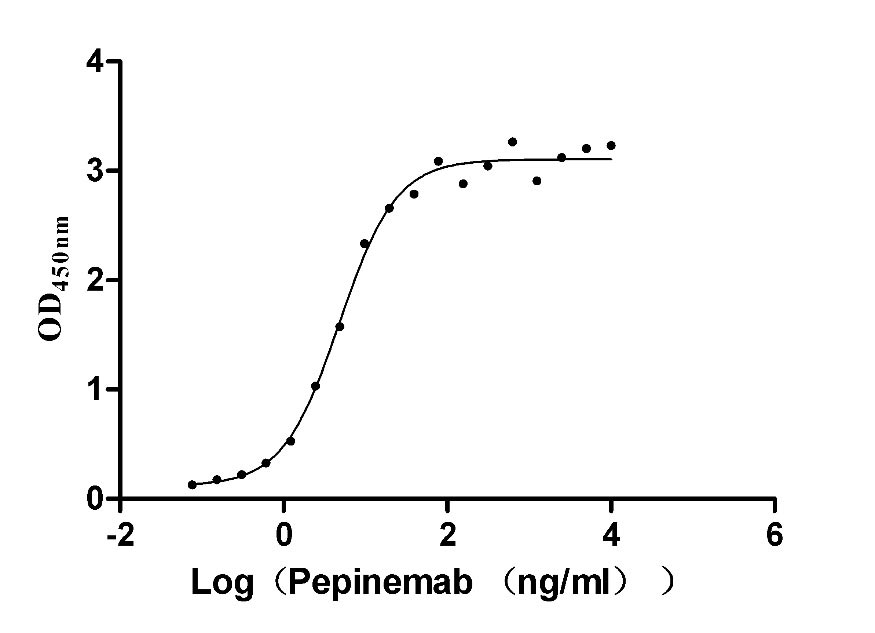
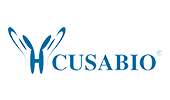
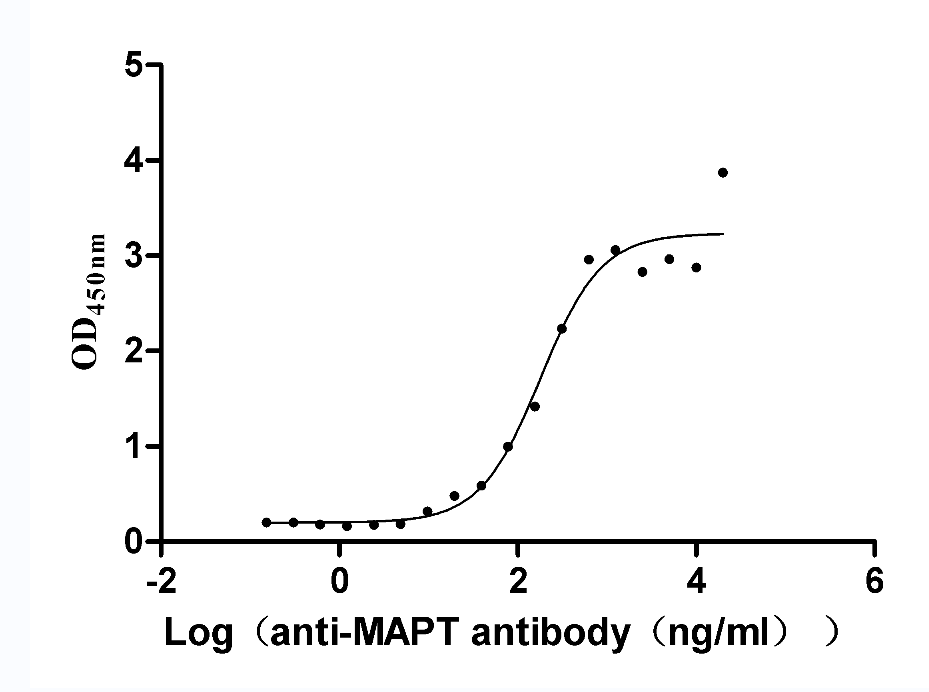
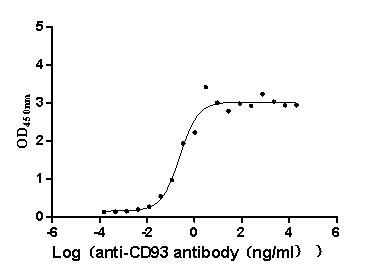
-AC1.jpg)
